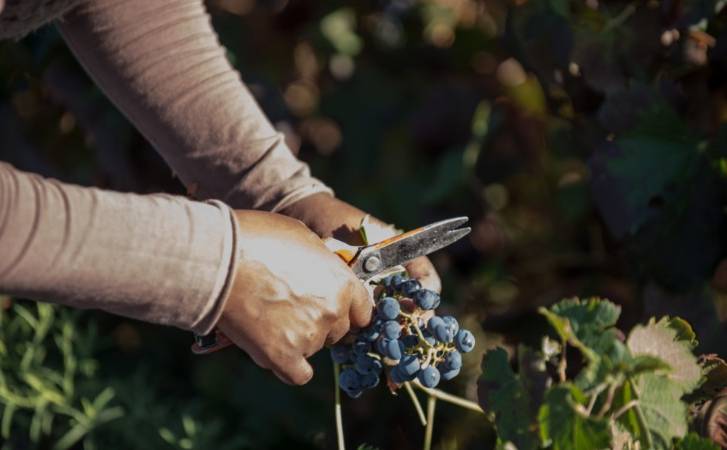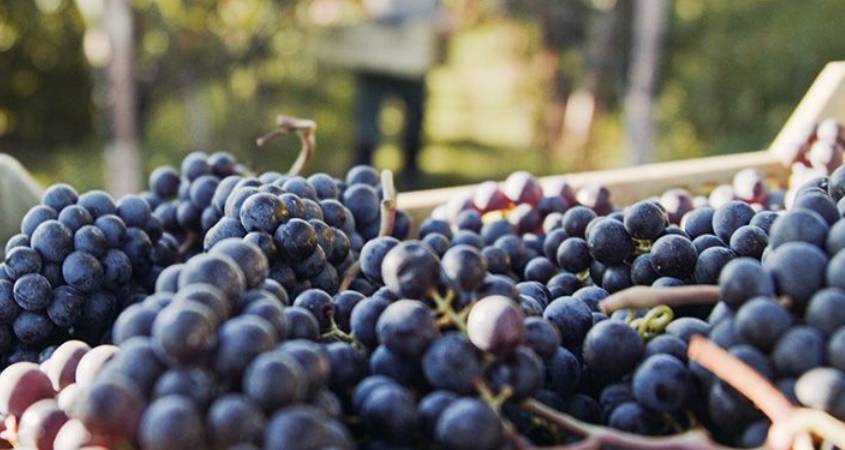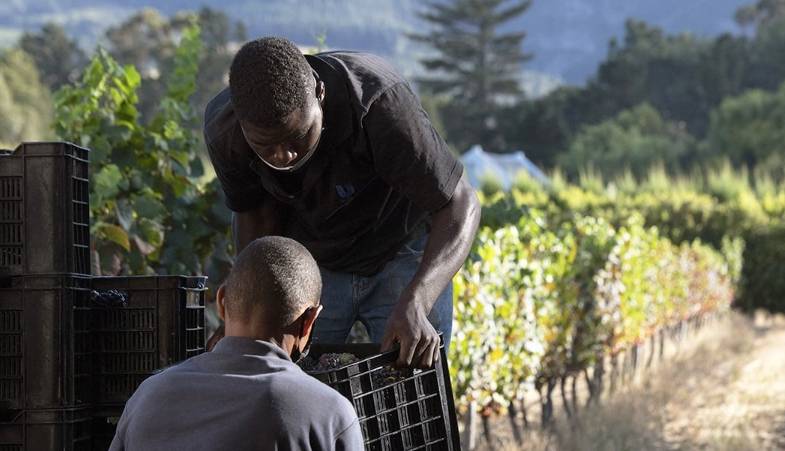The sparkling Méthode Cap Classique (MCC), inspired by champagne, increasingly accompanies celebrations, 30 years after the creation of its appellation
This is not a champagne. Certainly, there is Pinot Noir and Chardonnay as well as a long fermentation in the bottle, but the appellation “Champagne” has been protected since 1992. South African winegrowers in the Western Cape province have been forced to reinvent themselves. Gone are the terms “champenoise method”, make way for the Cap Classique Method (MCC), an appellation more faithful to a terroir and a climate very different from Champagne. And thirty years later, the MCC has made a name for itself among consumers.
A greater variety
More than 10 million bottles were sold in 2021, according to the association of Cap Classique producers. The first production area being Stellenbosch, a wine-growing region surrounded by mountains north of Cape Town. This is followed by the regions of Paarl and the Cape South Coast, where Melissa Nelsen is based. In 2022, this winegrower doubled her production of MCC “Geneviève”, blanc de blancs, to reach 24,000 bottles per year.
It’s not just production and demand that are increasing, “quality too, with greater variety”, defends Melissa Nelsen. “Compared to three different sparkling wines before, you now have 24 of good quality,” notes the winemaker. With a better reputation, the MCC can go up in range and in price. Melissa Nelsen sells her blanc de blancs for 15 euros a bottle (265 rand), compared to 6 or 8 euros for the purchase of a mid-range MCC. The prices of certain MCCs rub shoulders with champagnes, such as the Sprankel from Babylonstoren, sold for 35 euros.
People begin to educate their palate
This local consumption is a delight for the wine industry. “People are starting to educate their palates and drink more Cap Classique, even though the prestige of champagne will never fade,” notes Trey Mkhize, consultant for distribution company Vinimark. The Krone brand it offers dominates sales in South Africa with its Night Nectar range. “Nectar” designating a sweeter, semi-dry wine.

“It’s a new consumption”
“South Africa is a big consumer of Nectar-type wines. It’s a new consumption, it’s a fad” confirms Michael Fridjhon, professor of wine business at the University of Cape Town. More accessible, sweet wines dominate the market. “It is a product consumed during the day, as an aperitif, around the barbecue, during dessert, it replaces other alcohols”, notes Michael Fridjhon. It is not uncommon to observe, during events, buckets of ice with a bottle of sparkling wine, consumed as one would drink beer.
But MCC is meant to be much more than a party drink. For the celebration of the 30th anniversary of the appellation, different Cap Classique were served at the table throughout the meal. Melissa Nelsen has wonderful memories of it. “When I started in 2008, the bubbles were only served during the holidays. To have it throughout the meal shows how much Cap Classique has evolved and can be consumed as an everyday drink,” she rejoices.
After seducing South Africans, MCC producers can hope to conquer the world. MCC “Geneviève” by Melissa Nelsen has already been exported to Hong Kong, Canada and Belgium. The United Kingdom is the leading export market, ahead of the United States, with growth of 61% in 2021.

The community of bubble drinkers is growing, there is place for everyone
Finding a place on supermarket shelves will be tough in the face of Spanish cava, French crémants and champagnes, or Italian prosecco, already well distributed in South Africa. This competition does not worry Melissa Nelsen. “The community of bubble drinkers is growing, there is room for everyone, she tempers, the most important thing is to create loyalty among our customers. »

